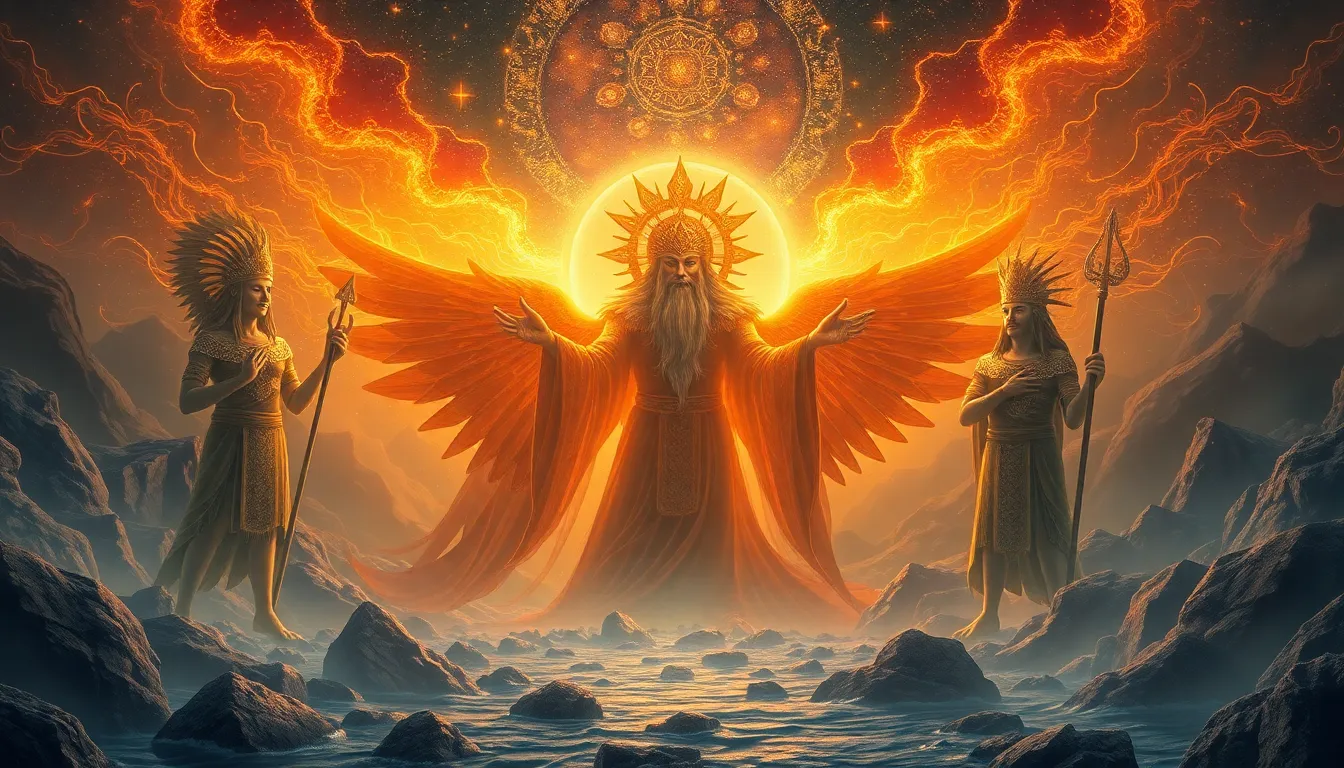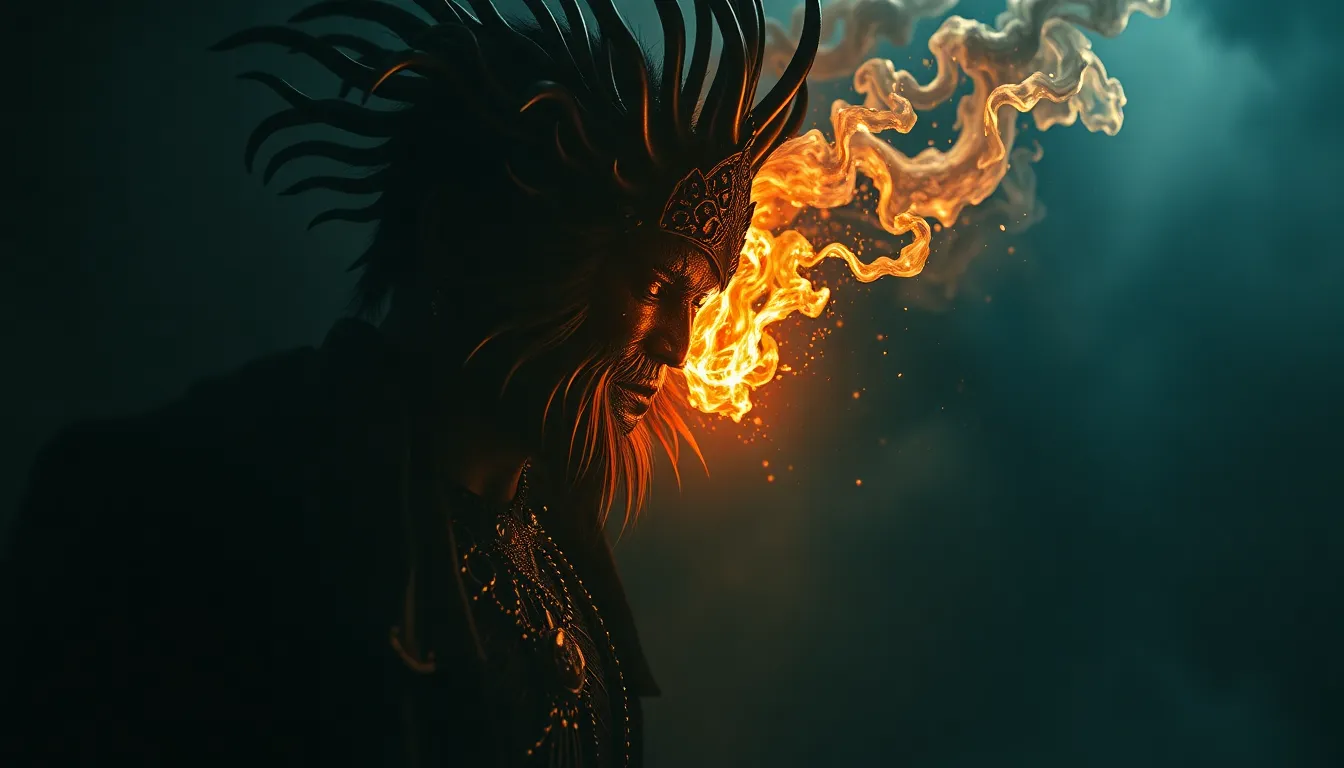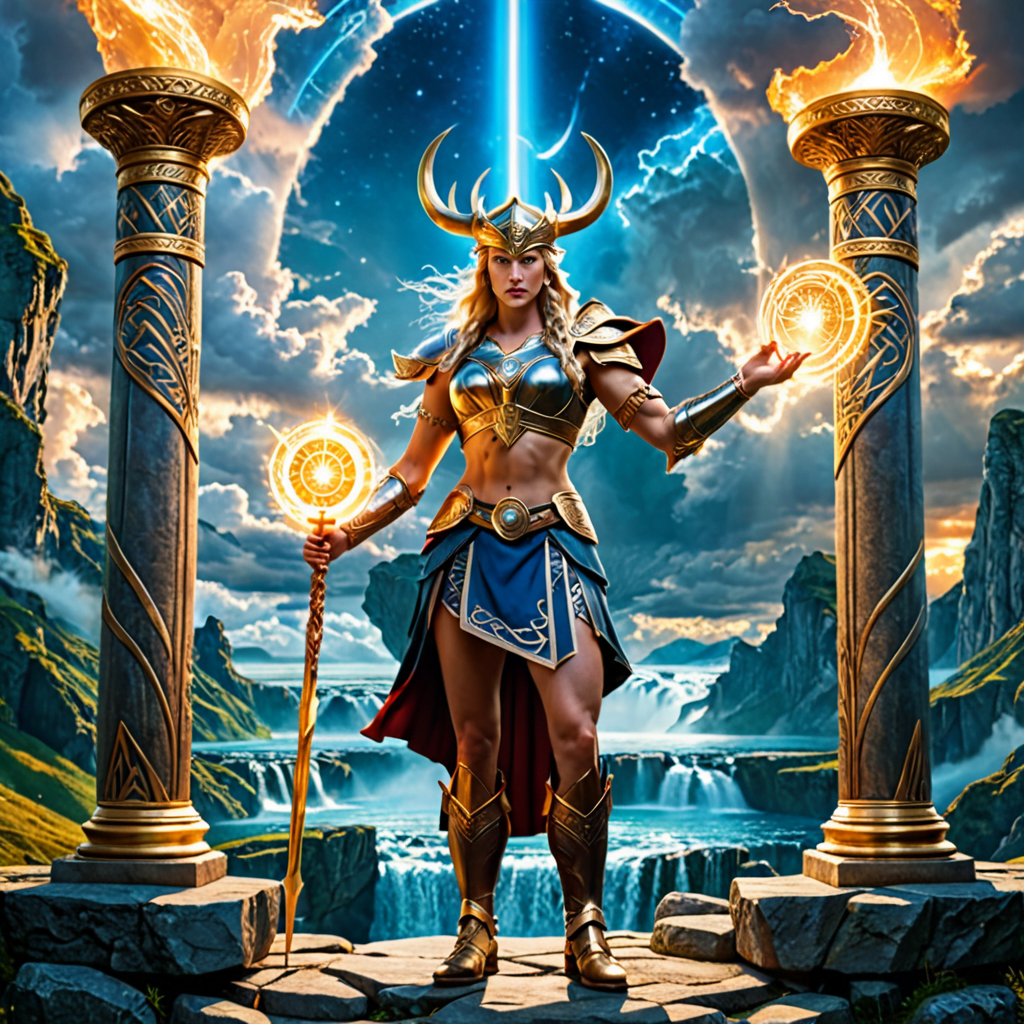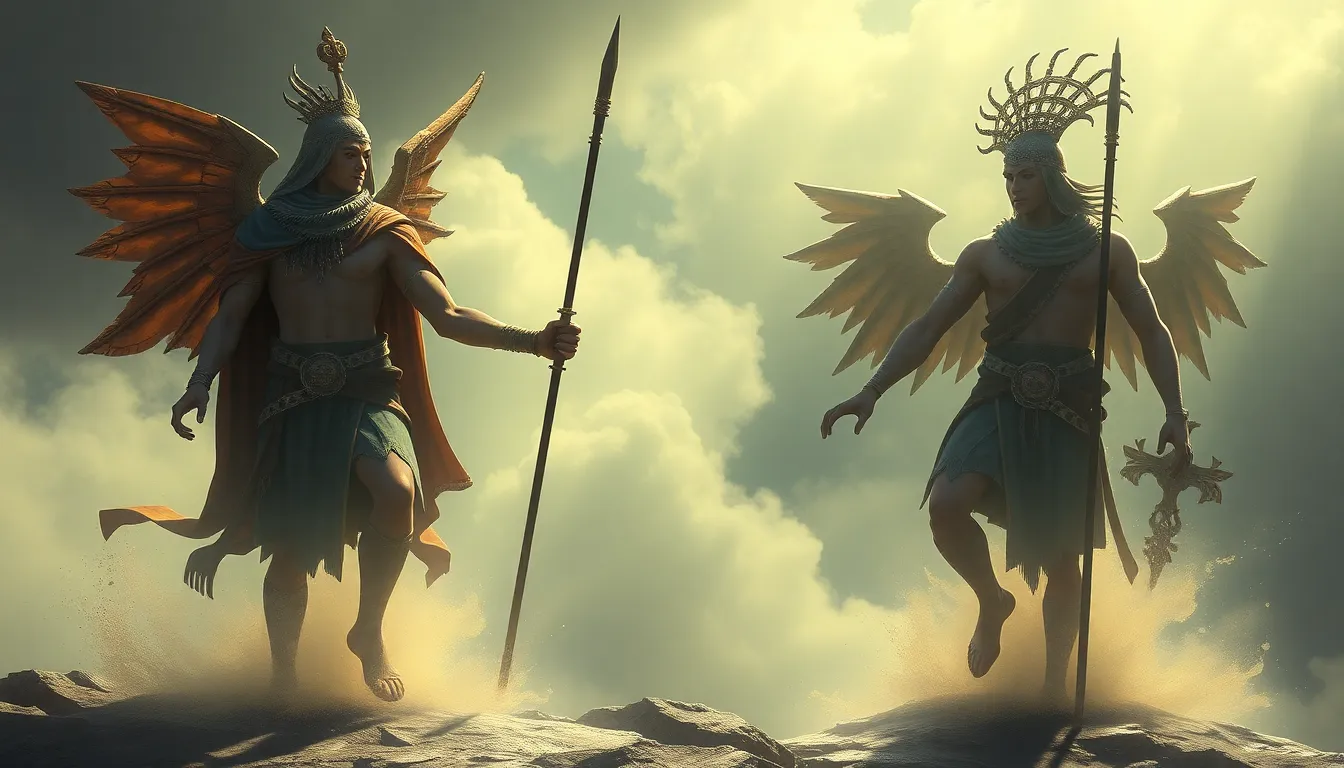The Guardians of the Afterlife: Ancient Deities You Should Know
Introduction: The Concept of the Afterlife in Ancient Cultures
The afterlife has been a significant aspect of many ancient cultures, influencing their beliefs, rituals, and daily practices. From the pyramids of Egypt to the myths of Greek heroes, the way societies envisioned life after death reveals much about their values and fears. The afterlife is often seen as a continuation of existence, where the soul transitions from the physical world to another realm. Central to this transition are the deities who guide and protect souls on their journeys, ensuring safe passage and a proper resting place.
Ancient Egyptian Deities: Osiris and Anubis
In ancient Egyptian mythology, Osiris is revered as the god of the afterlife and resurrection. He represents the cycle of life, death, and rebirth, embodying the hope for eternal life after death. Osiris was believed to judge the souls of the deceased, weighing their hearts against the feather of Ma’at, the goddess of truth and justice.
Anubis, the jackal-headed god, plays a crucial role as the protector of graves and the guide of souls. He oversees the mummification process and ensures that the dead are prepared for their journey to the afterlife. Anubis was often depicted as standing by the scales during the judgment process, safeguarding the deceased from malevolent forces.
Rituals surrounding death in ancient Egypt were elaborate and deeply significant, including:
- Mummification to preserve the body for the afterlife.
- Funeral rites that included offerings of food and goods to sustain the deceased.
- Burial in tombs, often filled with treasures to aid the journey in the afterlife.
Greek Mythology: Charon and Hades
In Greek mythology, Charon serves as the ferryman of the dead, transporting souls across the river Styx to the Underworld. He is essential for ensuring souls reach their final destination, and it was customary to provide him with an obol (a small coin) to pay for the passage. Without this payment, the dead would be left to wander the shores of the Styx for eternity.
Hades, the ruler of the Underworld, governs all aspects of the afterlife. Unlike the modern interpretation of hell, Hades is a place where all souls go, regardless of their deeds in life. Hades is often associated with Persephone, his queen, whose annual descent to the Underworld symbolizes the changing seasons.
The significance of proper burial rites in ancient Greece cannot be overstated. Families would perform numerous rituals to ensure safe passage, including:
- Washing and dressing the body before burial.
- Offering food and wine to the deceased.
- Conducting a funeral procession to the burial site.
Norse Mythology: Hel and Valkyries
In Norse mythology, Hel is the goddess of the underworld, presiding over the realm that bears her name. Hel is depicted as a half-living, half-decomposed being, reflecting the duality of life and death. She governs the souls of those who did not die gloriously in battle, providing them a place in her cold domain.
The Valkyries, on the other hand, are warrior maidens who choose those who may die and those who may live in battles. They escort the slain warriors to Valhalla, Odin’s hall, where the chosen ones prepare for Ragnarok, the end of the world. This dichotomy reflects the Norse belief in honor and valor in death.
Beliefs surrounding death in Norse culture emphasize the importance of dying in battle for a noble cause, as it determined one’s afterlife experience. Key beliefs include:
- A warrior’s honor was paramount; a glorious death ensured a place in Valhalla.
- Funeral rites included ship burials or cremations, often accompanied by grave goods.
Mesopotamian Mythology: Ereshkigal and Gilgamesh’s Journey
Ereshkigal is the queen of the Underworld in Mesopotamian mythology. She rules over the realm of the dead, where souls dwell after death. Ereshkigal’s story intertwines with the epic of Gilgamesh, highlighting the inevitability of death and the quest for immortality. In this epic, Gilgamesh seeks out Ereshkigal to learn the secrets of eternal life after the death of his friend Enkidu.
The Epic of Gilgamesh provides valuable insights into ancient Mesopotamian beliefs about death, portraying the afterlife as a shadowy existence. The dead are depicted as living in a bleak underworld, emphasizing the importance of life and the futility of seeking immortality.
Funeral practices in Mesopotamian societies were significant and included:
- Burial rites that involved grave goods to accompany the deceased.
- Rituals to appease the gods of the underworld and ensure safe passage.
Mesoamerican Deities: Xolotl and Mictlantecuhtli
In Aztec mythology, Xolotl is the god of death and the afterlife, often depicted as a twin of Quetzalcoatl. He guides the souls of the deceased to the afterlife, navigating the challenges they face on their journey. His role emphasizes the duality of life and death, and his association with the evening star symbolizes the end of life.
Mictlantecuhtli, the lord of the underworld, embodies the cycle of life and death. He rules Mictlan, the Aztec underworld, where souls reside after death. Mictlantecuhtli is often depicted with skeletal features, representing death, and is associated with offerings and rituals to appease him.
Cultural practices related to death in Mesoamerican civilizations included:
- Elaborate burial rituals to honor the deceased.
- Offerings of food, flowers, and artifacts placed in graves.
- Celebrations to honor the dead, such as the Day of the Dead.
Hindu Beliefs: Yama and the Cycle of Rebirth
In Hinduism, Yama is the god of death and the ruler of the afterlife. He is responsible for guiding souls to their next incarnation and maintaining the cycle of life, death, and rebirth known as samsara. Yama’s role is vital in determining the fate of souls based on their karma, or the deeds they performed in life.
The concept of karma is central to Hindu beliefs about the afterlife. Good deeds lead to favorable rebirths, while negative actions result in less desirable outcomes. This cycle emphasizes moral living and accountability.
Rituals and customs associated with death in Hindu culture are rich and varied, including:
- Funeral rites known as antyesti, which involve cremation and the scattering of ashes.
- Offering food and prayers to honor the deceased during specific festivals.
- Beliefs in the importance of a proper send-off to ensure peace for the departed soul.
African Mythologies: Anansi and Other Death Deities
African mythologies feature a diverse range of beliefs about death and the afterlife. Anansi, often regarded as a trickster god in West African folklore, has roles that extend beyond mere mischief to include themes of wisdom, life, and death. His stories often convey moral lessons and reflect the complexities of human existence.
Other deities across various African cultures, such as Eshu and Osanyin, also play significant roles in the beliefs surrounding death, guiding souls and influencing the spiritual realm. Rituals related to death often emphasize community involvement, ancestral worship, and the continuation of life through memory and tradition.
Key aspects of African beliefs about death include:
- The concept of ancestors watching over the living and influencing their lives.
- Rituals that honor the dead and involve the community in remembrance.
- Beliefs that death is not an end but a transition to another form of existence.



